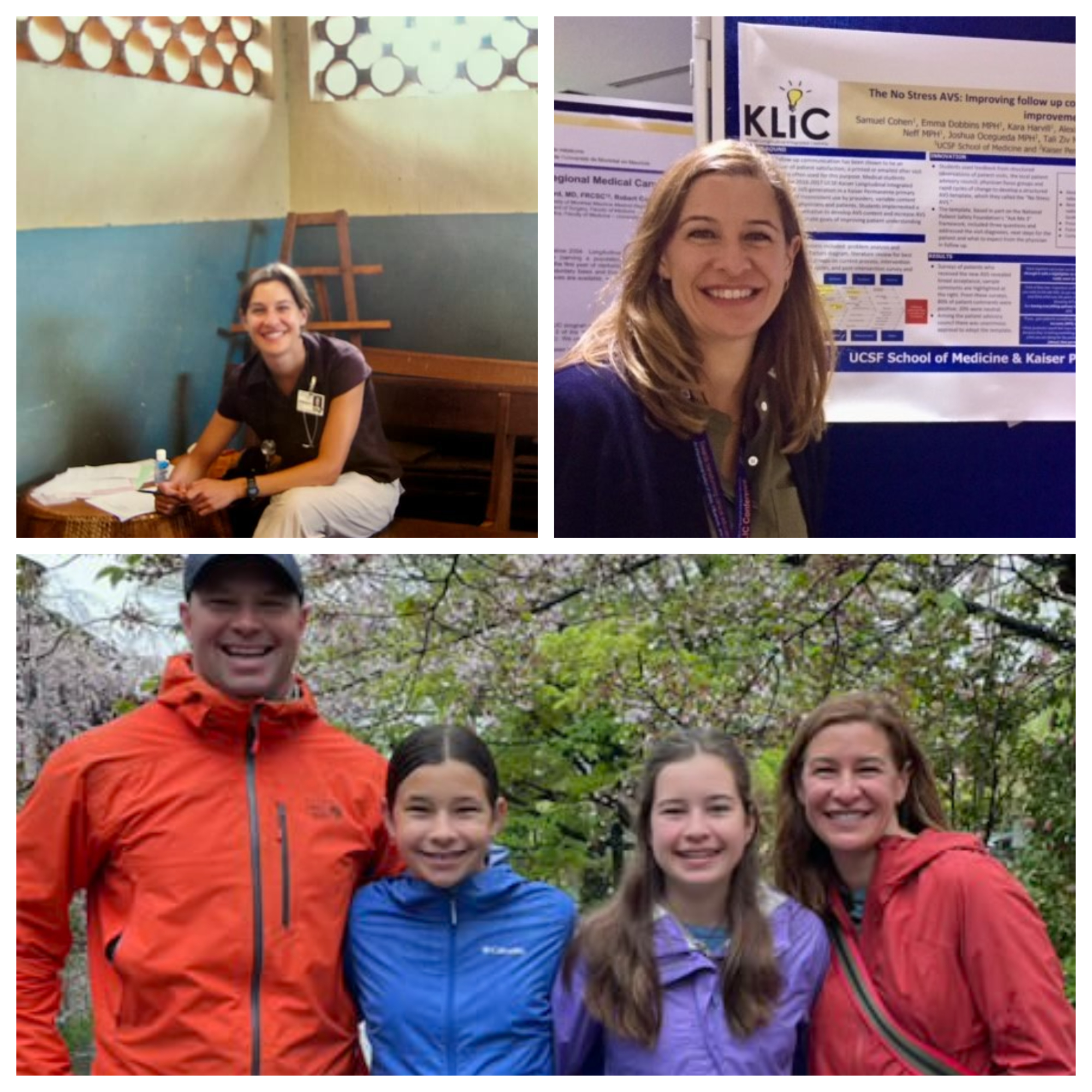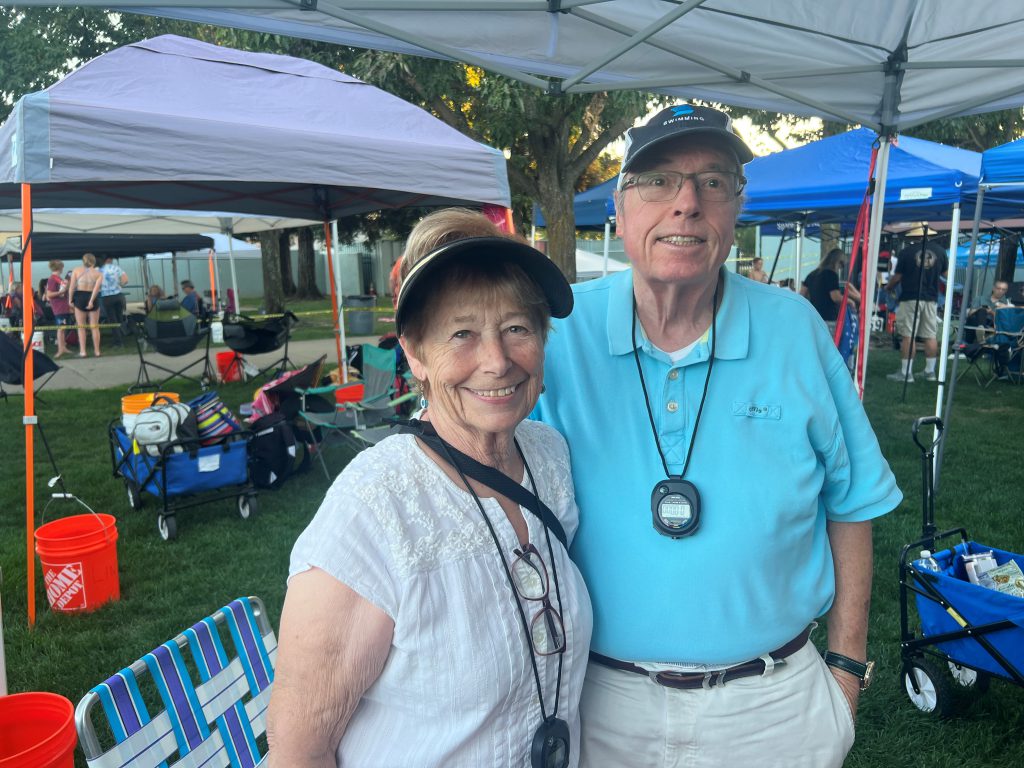By Debbie Ritenour, Vitals contributor
Dr. Lindsay Mazotti joined Sutter Health as the system’s first chief medical officer of medical education and science in April. Learn more as she shares her perspectives on how medical education is undergoing a modern-day renaissance—transforming it for the better.
Q: What makes you passionate about medical education?
A: I come from a family of teachers. I knew early on that I was interested in medicine, but it was in my third year of medical school that I realized you could be a physician/teacher. I had some incredible mentors who not only provided great care to patients, but also were masterful teachers who made medicine come alive. Medical education is beginning to shift from the model we’ve followed for the last century, and we have an opportunity as medicine is changing and our patients’ needs are changing to think differently about what tomorrow’s doctors need. I’m excited that Sutter is capitalizing on that turning point.
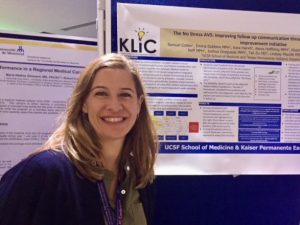
Dr. Mazotti poses alongside a research poster.
Q: How has your research helped you become a better educator?
A: The main research areas that I’ve worked in relate to medical education. The first involves longitudinal integrated clerkships. Under this model, instead of learning a discipline at a time, medical students follow patients over time and learn all the core disciplines at once. We’ve seen some great outcomes of how that can influence how doctors care for patients, including increased empathy and person-centeredness. The second involves health systems science. This third discipline of medicine, joining foundational and clinical science, includes all the things physicians need to know that they don’t learn in the classroom, such as quality improvement, population health and health policy. These two areas impact me as an educator by inspiring me to always put relationships at the center of care delivery and learning and to spend time attending to the systems education that will enable our future leaders to lead in delivering high-quality, equitable care.
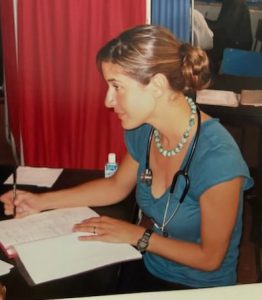
Dr. Mazotti in her last year of residency during a global health rotation in Uganda.
Q: Can you talk about the important intersection between research, education and health equity?
A: Health equity is our purpose. To attain the highest level of health for all people, we must deliver quality care and also address inequalities, injustices and social drivers of health. Research and education are part of a virtuous cycle that supports that purpose. In a learning health system model, it’s a cycle: We take the data we have, transform it into knowledge, put that knowledge into practice through education, and then pull data back in to analyze it. The cycle doesn’t work without research and education driving care improvement.
Q: Sutter is committed to building diversity, equity and inclusion into its academic programs. Why is this that important?
A: We know from the literature that health outcomes for patients improve when they are cared for by a doctor who looks like them. We also know that the state of California has a large gap between what the population demographics look like and what our healthcare provider demographics look like. If we’re serious about improving health equity, then we have to commit to changing the demographics of our workforce. We also need to work on our continuing medical education around inclusion and diversity. There’s an opportunity to improve our commitment to diversity, equity and inclusion deliberately to make sure we have the skills needed to support the next generation of doctors.
Q: What excited you about the chief medical officer of medical education and science role at Sutter?
A: When I first saw the job description, I thought, “Wow, Sutter is coming into this space with a commitment and a passion.” I could feel the energy of what Sutter is working to accomplish in the language of the document. I love taking on a role that hasn’t existed before and setting a vision for where we’re heading. I think Sutter’s strategic plan is bold, and we have the foundation in place. My job is to help design and build, and that is incredibly exciting.
Q: What are you most looking forward to as you begin your new position?
A: I enjoy getting to know people and understanding what excites them and what their challenges are. I look forward to figuring out what opportunities exist. I look forward to creating a greater sense of community around medical education and research. I think there’s an opportunity at Sutter to create a stronger educational mission and build a community of learners who work with a shared identity. When you bring great people together who are passionate about the same work, amazing things happen.
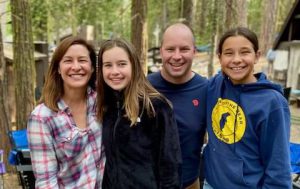
Dr. Mazotti with her family during a recent camping trip.
Q: Finally, Sutter strives to foster a culture of wellness among clinicians. How do you balance your work life with your personal life?
A: I’m always striving for that balance. I’m disciplined about creating space for my family and doing things outside of work that bring me joy. My husband, Jason, and I have two daughters: Ellie, a sophomore in high school, and Bailey, who is in seventh grade. We spend a lot of time at their sports events, and we like to travel and spend time outdoors. I’m also a workout enthusiast. Work tends to infuse fluidly into my personal life, and I try to allow my personal life to infuse fluidly into work. That’s the best way I’ve been able to manage it all.

